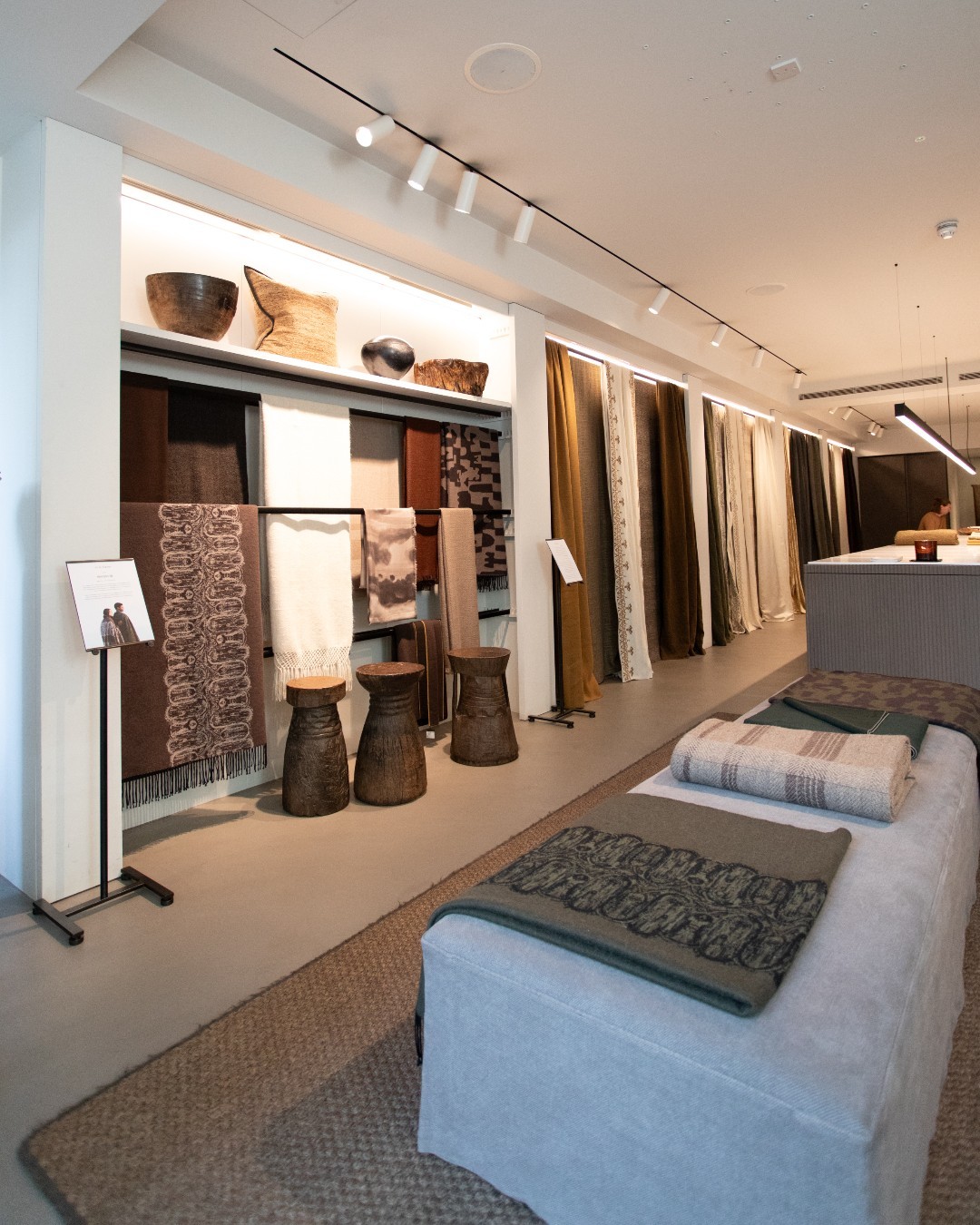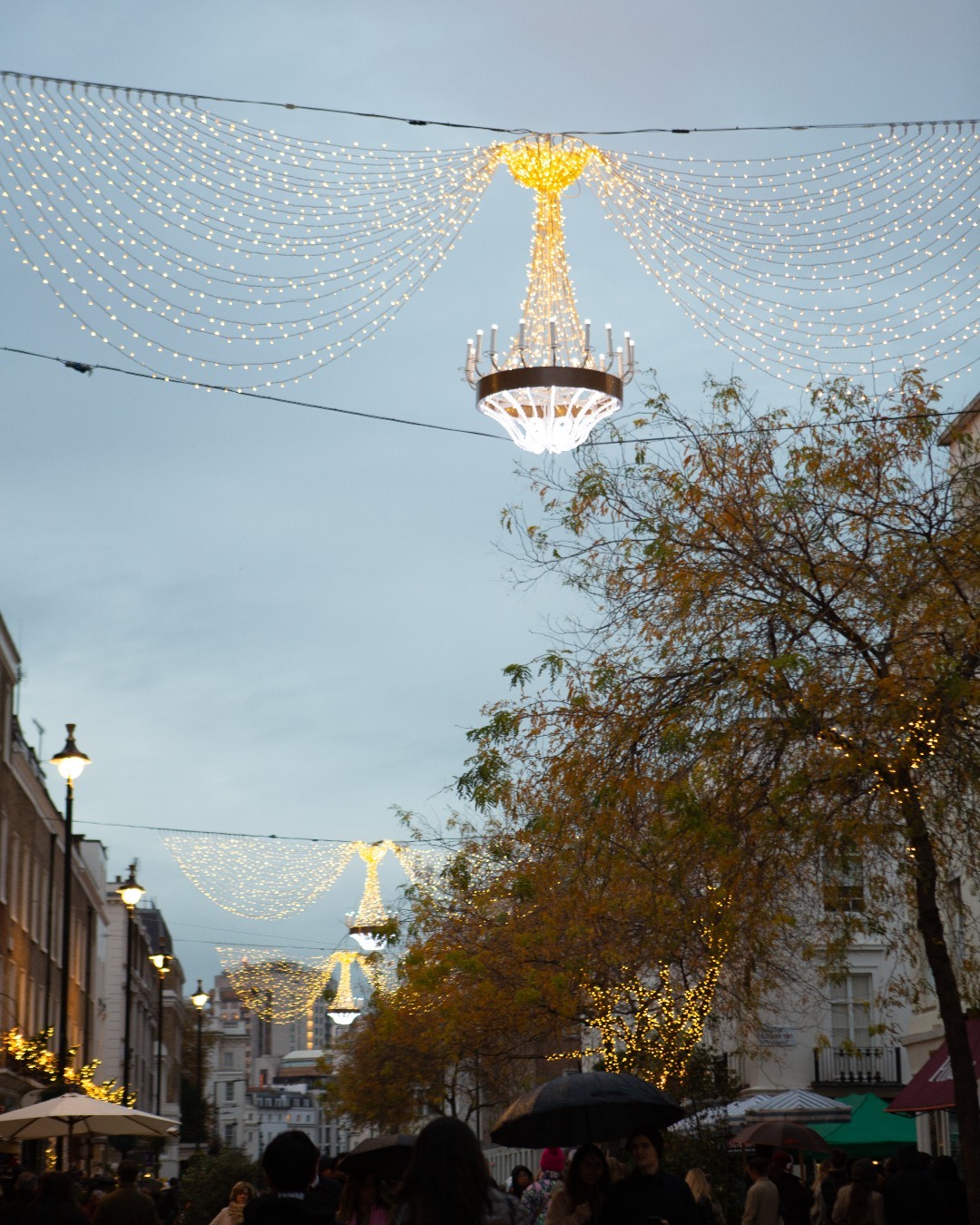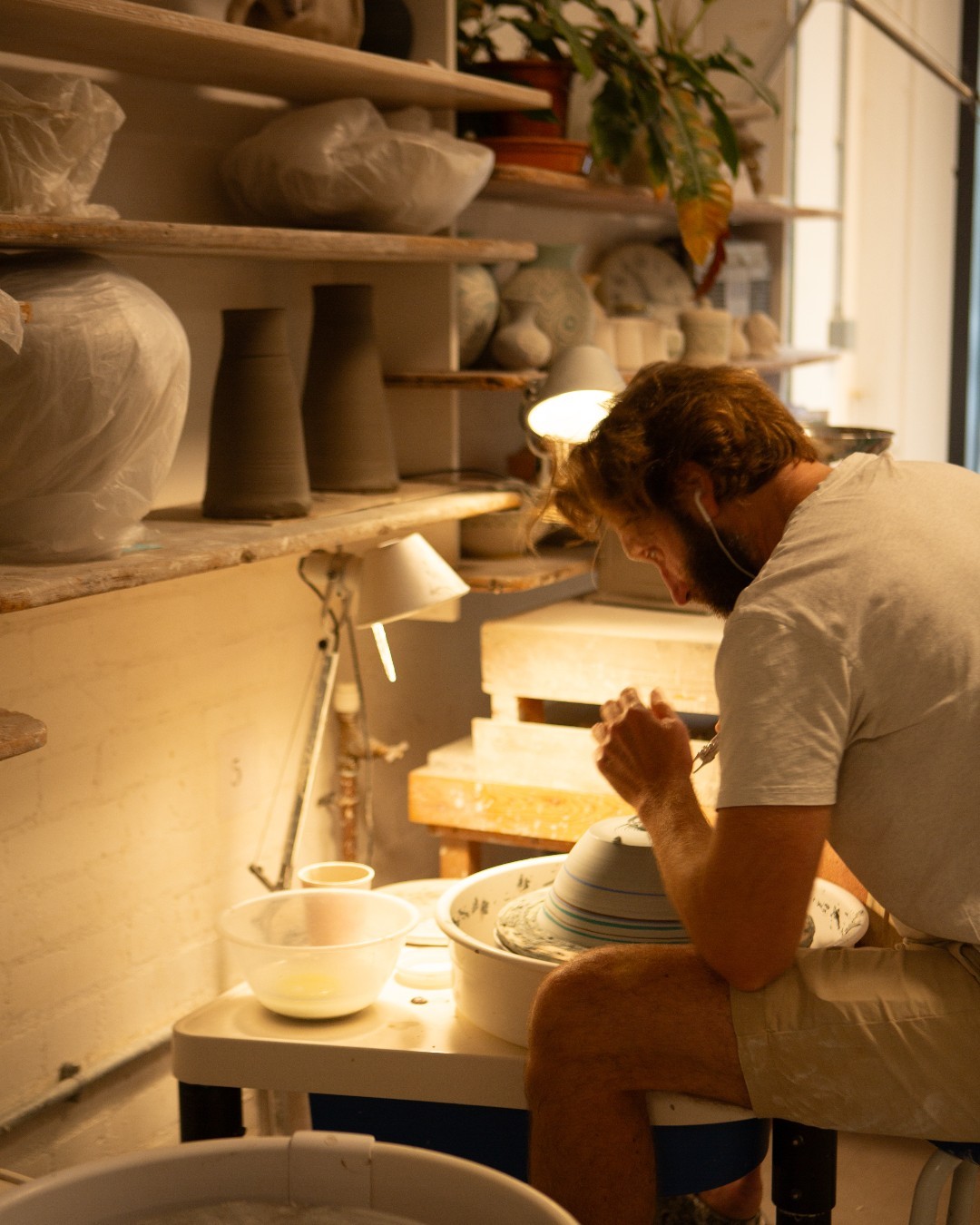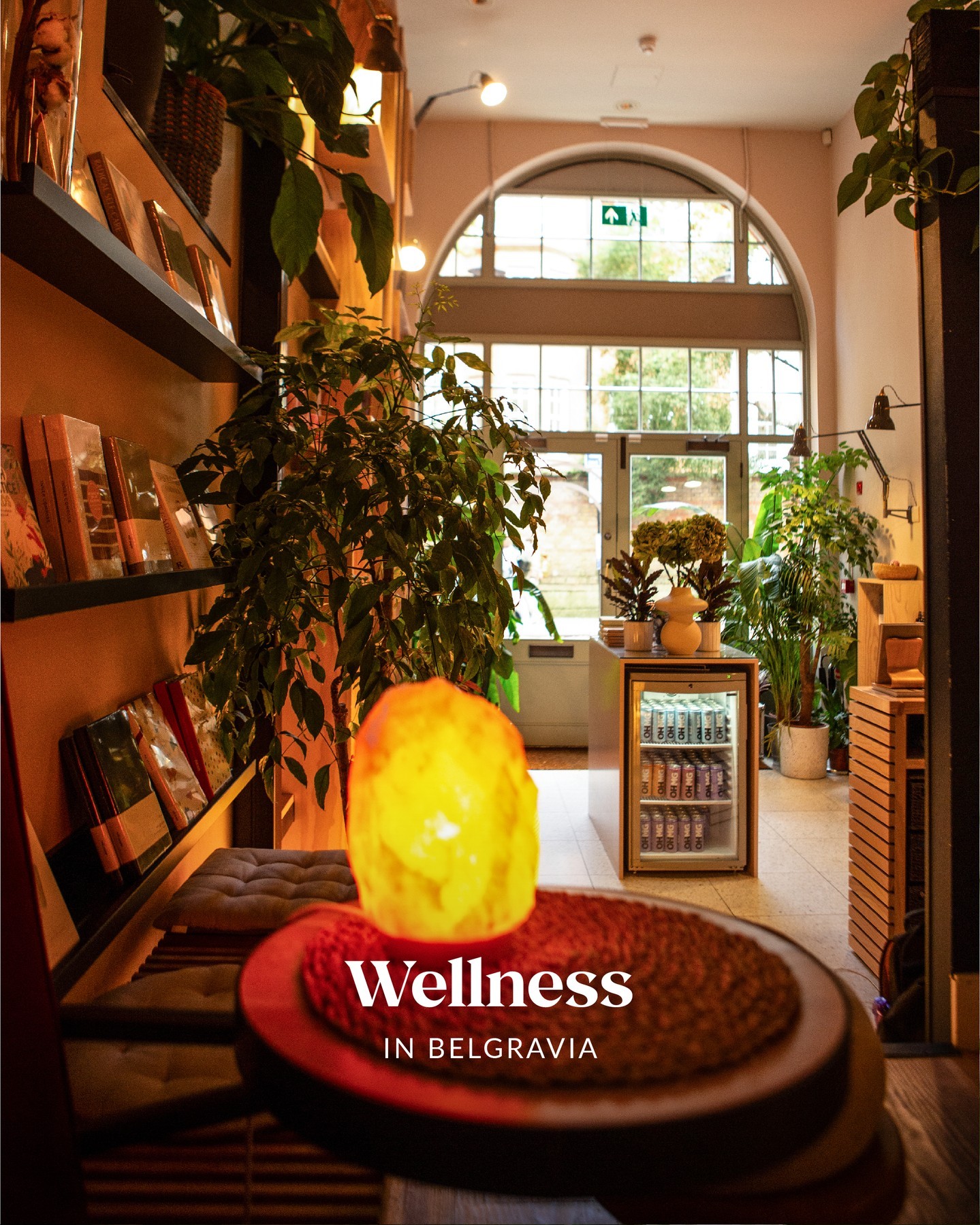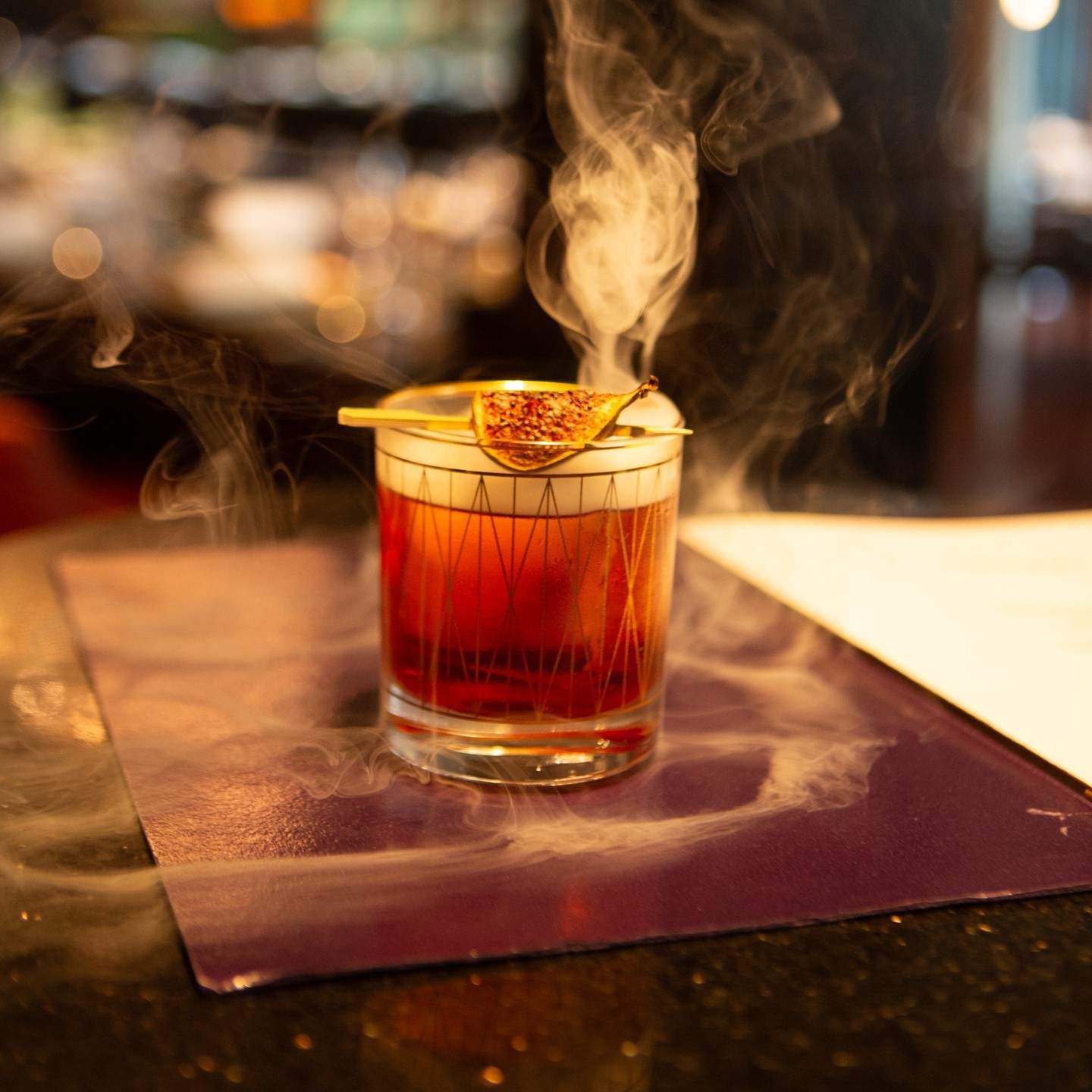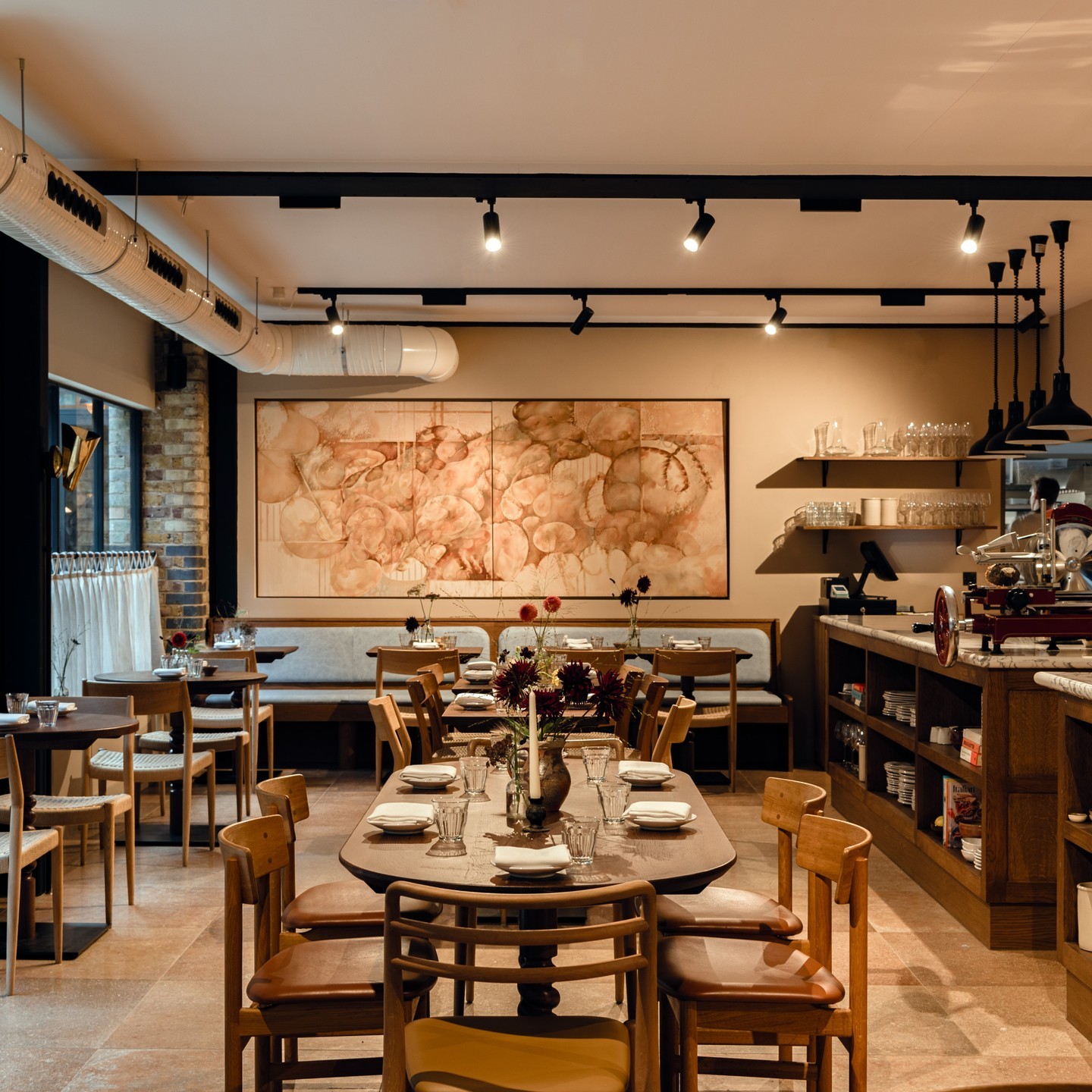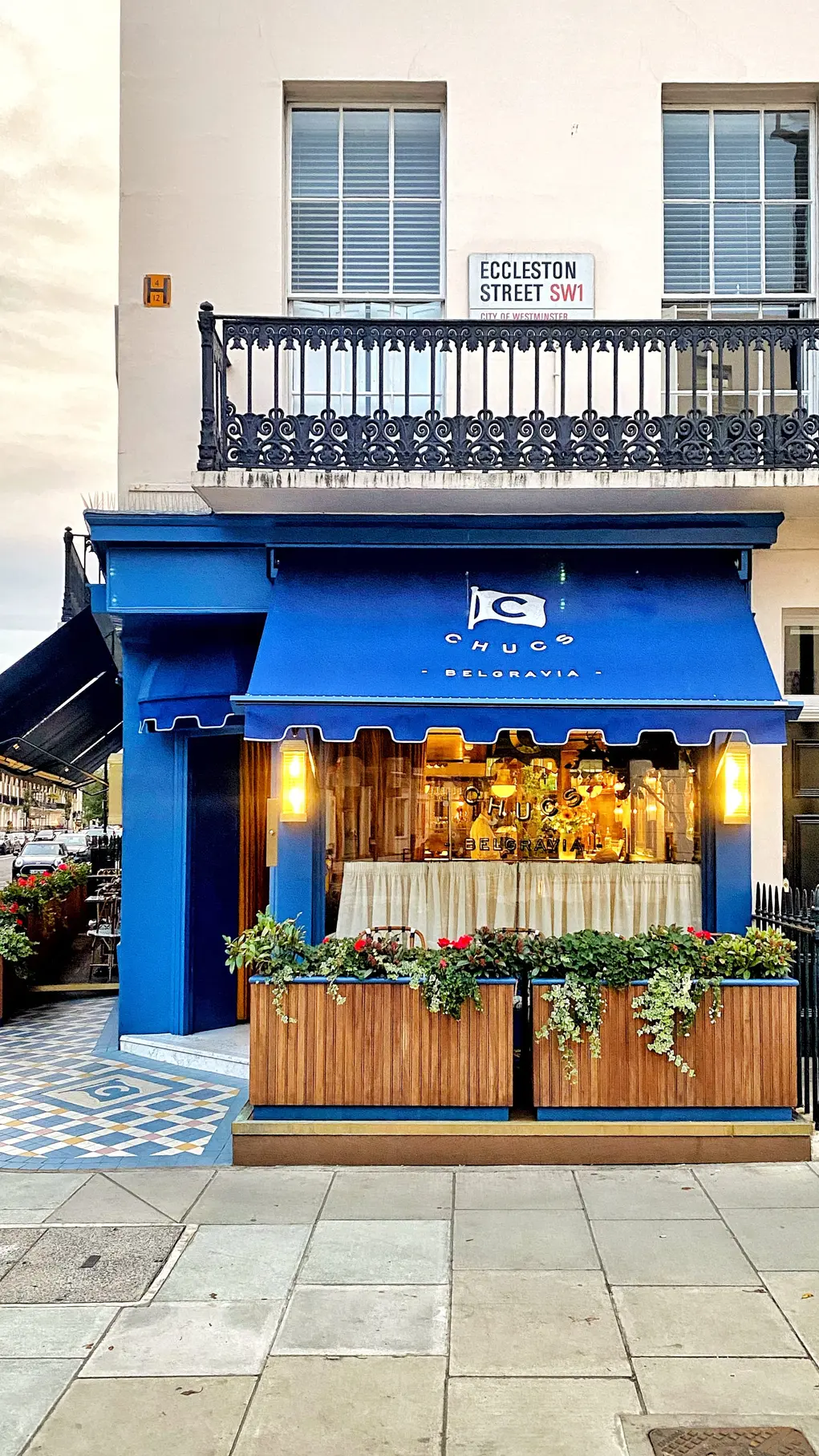In memory of Queen Elizabeth II
Belgravia remembers Britain’s longest serving monarch, who passed away on Thursday 8 September, 2022.
“I declare before you all that my whole life whether it be long or short shall be devoted to your service,” said The Queen (then Princess Elizabeth) on her twenty-first birthday during a radio broadcast from Cape Town. Her life would turn out to be unusually long. Indeed, she would know 15 Prime Ministers, serve as Head of State during the administrations of 14 American Presidents and seven popes, and become the longest reigning British monarch in history.
“Service” would remain her guiding star. She was a unifying force of continuity from the Cold War and Jet Age to the Space Age and Digital Age. “Not only is The Queen the constant for this country,” said Matthew Barzun, American Ambassador to London from 2013 to 2017, “but also for the rest of us.” While she was required to remain apolitical, she had a transformative effect through her symbolic presence, such as when she visited Ireland in 2011 – the first British monarch to do so in a century, and a longed-for salve to the wounds of intervening years.
Her role as Head of the Commonwealth acquired additional resonance due to her acceding to the throne while travelling in Kenya. Her father, King George VI, died unexpectedly on 6th February 1952 when she was staying at the remote Sagana Lodge with her husband, Prince Philip. She was just 25, and among the roles she assumed were Commander in Chief of the Armed Forces, Supreme Governor of the Church of England and Defender of the Faith.
Animals were of great importance to her. She owned an estimated thirty Corgis and far more racehorses. Animal charities were well represented among the more than 600 charities and non-profit organisations with which she was ultimately associated. Some of the more potent expressions of soft power in which she was engaged involved horses, too, such as when she and President Reagan rode out together in Windsor Great Park: two humans and their mounts in absolute harmony. President Reagan recalled that riding with the Queen at Windsor in 1982 was one of the fondest memories of his time as president, according to former White House aide Mark Weinberg.
She could also reveal a delicious sense of humour. On one occasion, various government ministers were having an audience with her, during which one of their mobile phones rang. This was at a time when mobile phones were new and unusual, hence the more jarring. “Do answer it,” she said. “It might be somebody important.”
At her husband’s funeral in 2021, she sat alone in her section of St George’s Chapel at Windsor Castle, masked in black, seeming to reflect back the inner world of an entire nation. By this stage of the pandemic, “service” was widely talked about once more, and parallels were drawn with the “Blitz spirit” of the Second World War. She had experienced wartime Britain in her capacity as Princess Elizabeth, and she was uniquely well equipped to offer solace and fortitude throughout the pandemic.
She is particularly fondly remembered by the Belgravia community given the area’s social, ambassadorial and geographical ties to Buckingham Palace. During the war, a young Prince Philip, when in London and on shore leave, would stay on a camp bed at his uncle Lord Louis Mountbatten’s house in Chester Street. Grosvenor Place, at the end of the road, runs along the back of Buckingham Palace Garden.
Later, Belgravia’s proximity served The Queen well when she would visit the Goring Hotel in Beeston Place, also just a few hundred yards from the Palace. This hotel was a personal favourite of hers and a preferred venue for the private festive parties that she hosted for senior members of her staff. Amid the extraordinary array of official responsibilities that she assumed until the end, “service” – even to members of her own household – remained of utmost importance to her.

